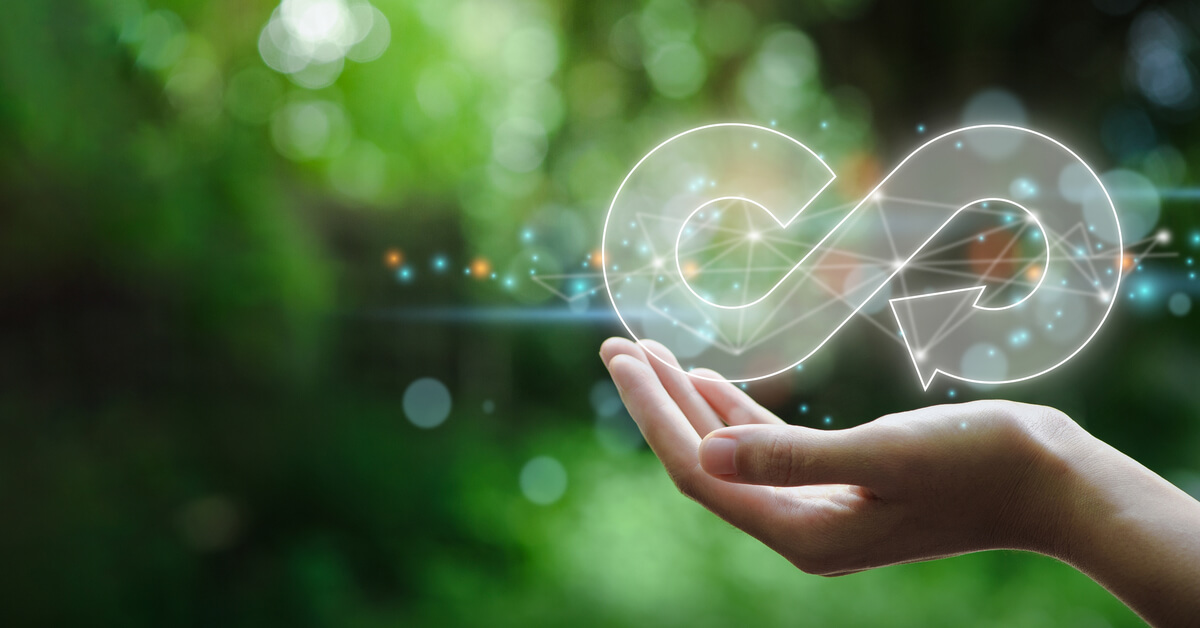May 5, 2022
Planned obsolescence has been a traditional feature of design (linear systems) in the creation of products and services. We buy products and throw them away to buy better, newer, and faster ones. From the perspective of time, we could perceive schools as linear systems from childhood to graduation. Although many use innovative practices and iterative cycles of learning such as Design Thinking, once we leave school, we often don’t look back on our learning. How can we change this perspective?
In design, there has been an embrace of change. One common strategy designers use for a more sustainable approach to change is to shift the starting point to disassembling the product. Another strategy is ‘matching the shelf life of the product to the shelf life of the packaging’ by developing edible packaging made from seaweed, so there is no waste. Change is also reflected in a call to develop products that users can easily fix themselves—the ‘Right to Repair’ movement. One of the movement’s goals in the U.S. is ‘to require companies to make their parts, tools, and information available to consumers and repair shops,’ which can lengthen the life of a product.

